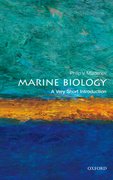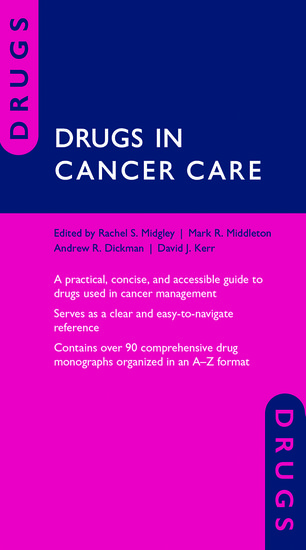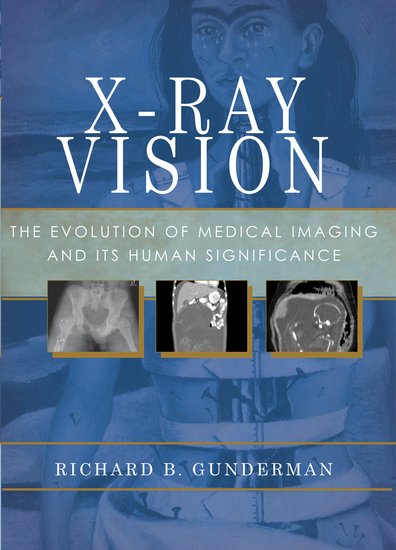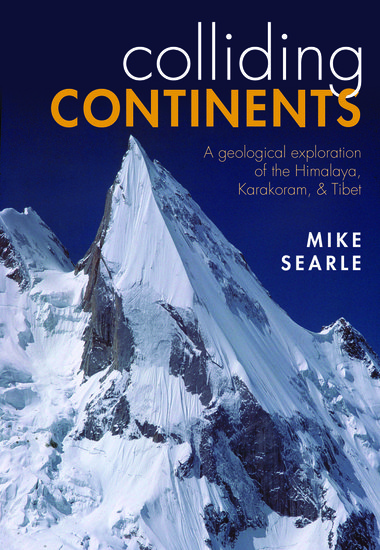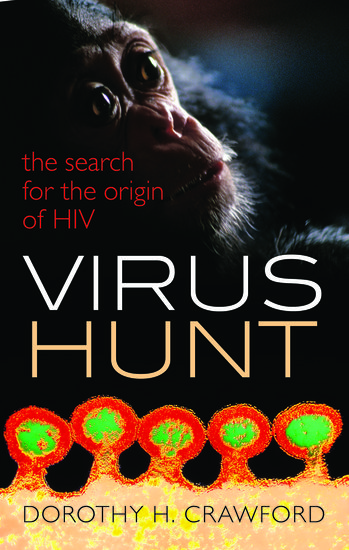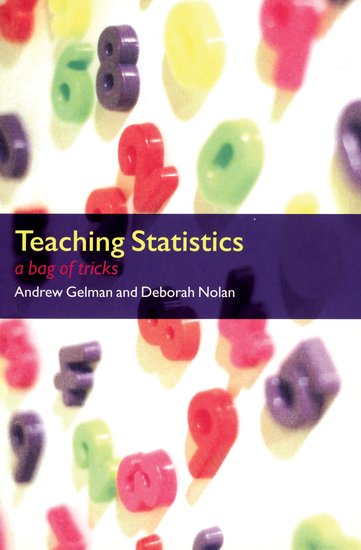Do American children use calorie information at fast food or chain restaurants?
By Dr. Holly Wethington
Federal law in the United States requires restaurants with at least 20 locations nationally to list calorie information next to menu items on menus or menu boards. This law includes the prominent placement of a statement concerning suggested daily caloric intake on the menu. While national menu labeling has not been implemented, some fast food and chain restaurants have begun to post this information voluntarily.


